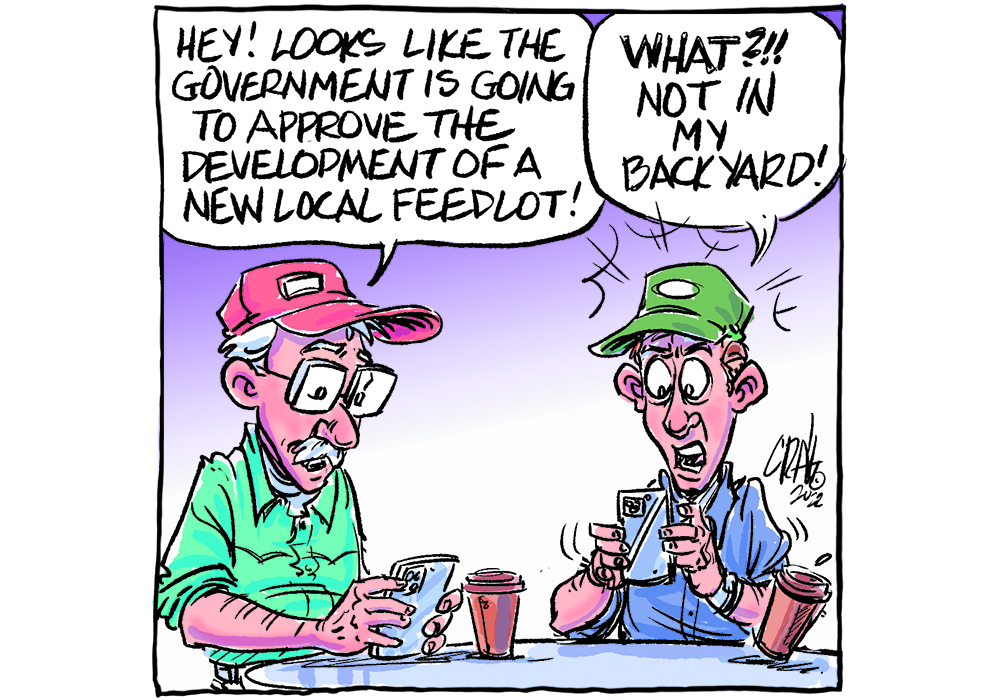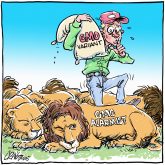Agricultural operations have changed a great deal in the past 30 years and so has public sentiment about them.
Even in Western Canada, where populations are less dense and many have farming memories, the not-in-my-backyard sentiments can be found pretty easily. In some cases, the risk of nutrient movement into local watersheds is real but by and large, producers have become far better at managing manure and realizing its fertilizer value. They don’t want it lost to a crop that usually feeds the very livestock from which the manure came.
Read Also

Farmer ownership cannot be seen as a guarantee for success
It’s a powerful movement when people band together to form co-ops and credit unions, but member ownership is no guarantee of success.
But odours and other effects from agricultural activities are additional considerations.
Legislated rules to protect farming from local objections were born in the 1980s. Municipal and provincial governments enjoying new tax revenues from suburban housing also recognized that their farmer constituents might not always be well accepted. Legislation was needed to accommodate agricultural operations.
Last summer, some suburban residents of Lethbridge, Alta., went to so far as to blame grain farmers for high grasshopper populations in the suburbs. It shows that folks can be unreasonable about living close to the farms that both feed them and drive their economies, even here in the West.
It is typically urban life that encroaches onto agricultural land, not the other way around. However, expansions in some settings, such as recently observed near Pigeon Lake, Alta., show that public sentiment is playing a larger role in animal agriculture.
Some 388 letters of objection were provided by local residents regarding expansion of an existing cattle feeding operation and it appears those letters swayed the provincial approval process for the feedlot’s expansion, which was subsequently denied.
The troubling aspect of the Pigeon Lake matter is that the feedlot’s expansion plan adhered to rules for setbacks from residences and water bodies and had adequate plans for manure management. It appears its plans were denied because of perceived negative effects at the community level.
In High River, Alta., a recently recommissioned feedlot is also getting complaints from its urban neighbours due to smells wafting on west winds. In that case the operation is attempting to mitigate odour and is seeking approval for a biodigester to convert manure into energy, aiming to eliminate both runoff and odour from containment ponds.
The challenge for farmers is that typically, the law looks to accommodate the views of the complainants and what might be considered unreasonable interference with owners’ enjoyment or use of their property.
Right to farm legislation often protects producers from the effects of these complaints, but municipal bylaws or other government approval bodies rule on the siting and expansion of intensive livestock operations.
Canadian legislation generally provides statutory protections for producers, provided they operate within normally accepted agricultural practices.
But there are always exceptions, and choosing the location of new barn facilities must be done with respect to the environment and the neighbours. Unaddressed concerns from neighbours are unlikely to go away once a facility is built, and poor relations do nothing for agriculture’s good name.
Other factors, such as absentee owners, insects, dust or noise will also attract the attentions of neighbours, both urban and rural.
NIMBY sentiments in Western Canada aren’t likely to abate, even with right to farm legislation, but governments and their boards, at all levels, must consider that this region is the best place in North America for animal agriculture facilities, and they bring significant opportunities.
Karen Briere, Bruce Dyck, Barb Glen and Mike Raine collaborate in the writing of Western Producer editorials.















